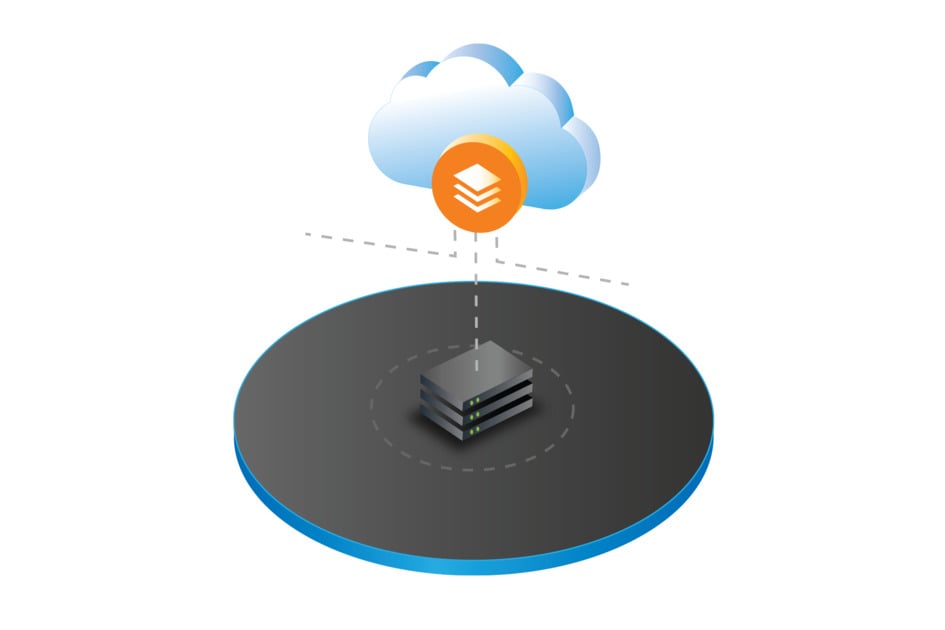- A vendor has to be a dues-paying member of the Wi-Fi Alliance in order to submit products for testing
- There’s a hefty fee for every product submitted for certification
- Vendors can’t dictate which devices (manufacturers or models) are tested with their equipment—the test beds ensure a level playing field for all vendors
- The testing usually involves setting the equipment up in multiple configurations and testing interoperability with a wide range of devices; in other words, it’s a long process
What is WI-FI CERTIFIED™ and the Wi-Fi Alliance?
The Wi-Fi Alliance uses independent Authorized Test Laboratories that have to earn their own accreditation as testing labs. WI-FI CERTIFIED is given to vendors that pass a specific set of tests to confirm interoperability with other devices that also conform to the same standard. All Ruckus APs are WI-Fi- CERTIFIED.
There’s a wireless certification symbol on the back of your Ruckus access point (AP): it says WI-FI CERTIFIED™. Maybe you’ve never noticed it. Maybe you just assumed it was there. Good assumption, because it is on your Ruckus APs.
The group that awards this certification is called the Wi-Fi Alliance—they test for interoperability. But who is this group and how does certification benefit you?
Spoiler alert: Thanks to WI-FI CERTIFIED you can rest easy knowing any new devices you purchase and connect will interoperate with your great Ruckus Wi-Fi.
WI-FI CERTIFIED starts with a standard, but it’s not a standard.
That WI-FI CERTIFIED stamp of approval is actually the last step in a very long process.
Before Wi-Fi equipment can be certified, there has to be a standard. The 802.11 Working Group for WLAN Standards, which is part of the IEEE, is the King Kong of standards for the wireless industry. You can’t really overstate the impact of all of the 802.11 standards on making Wi-Fi the force it is today.
However, the IEEE’s job description doesn’t include policing vendors for compliance. So, when a vendor says you’re buying an “802.11x standards-based AP”—how do you know that AP is standards-compliant?
That brings us to a different organization: the Wi-Fi Alliance. You should check out their website, wi-fi.org, to learn more about them. Hold that thought, though—we’ll come back to how you might want to use wi-fi.org as a useful (and free!) resource.
How does a vendor get the WI-FI CERTIFIED seal of approval?
The Wi-Fi Alliance creates a test bed, which is an agreed-upon way of testing software or hardware from many different vendors. The Wi-Fi Alliance uses independent Authorized Test Laboratories that have to earn their own accreditation in order to qualify as testing labs.
WI-FI CERTIFIED is given to vendors that pass a specific set of tests to confirm interoperability with other devices that also conform to the same standard. If the devices and the APs meet each other for the first time, they should talk to each other like old friends. If a standards-compliant device can’t talk to the AP, then the AP isn’t fully standards-compliant. No certification.
Remember that spoiler alert? The WI-FI CERTIFIED symbol is important because it means you don’t have to test every smartphone, laptop and tablet to see if can connect to your wireless AP.
Who’s in charge of WI-FI CERTIFIED? In a way, you are.
The Wi-Fi Alliance is focused on ensuring a good user experience, not catering to vendors. The more rigorous the testing, the more confidence you have. And that’s the way the Wi-Fi Alliance and all of its member companies (like Ruckus) want it to be. Here are some of the rules:












